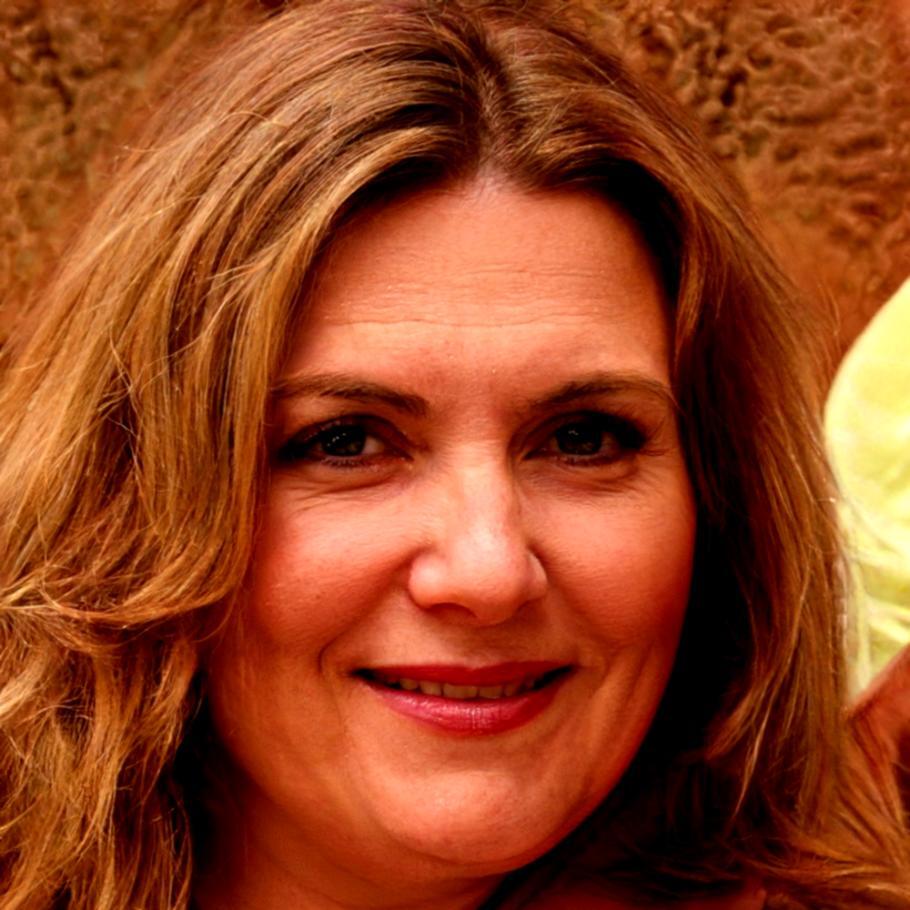Budget Contingency Planning That Actually Works
Most financial plans fall apart when unexpected costs hit. We teach you how to build buffers that hold up under real pressure, not just spreadsheet scenarios.
Explore Our Approach

Our Method
Why Traditional Contingency Planning Misses the Mark
Most courses tell you to set aside 10% for emergencies. That's fine until your supplier increases prices by 18% overnight, or equipment breaks three months before you budgeted for replacement.
Our programs start from what actually goes wrong in Australian businesses. We dig into supply chain disruptions, seasonal cash flow gaps, and those hidden costs that appear when you're already stretched thin.
- Scenario modelling based on actual business failures we've studied, not textbook examples
- Cash reserve strategies that work even when revenue drops by 30%
- Vendor negotiation frameworks that create flexibility before you need it
- Early warning systems so problems don't become crises
Three Stages That Build Real Protection
We don't teach contingency planning all at once. Each stage builds on actual problems you'll face, with techniques that layer onto each other.
Baseline Assessment
Map your current vulnerabilities. Most businesses discover they're more exposed than they thought, especially in areas they assumed were stable.
Buffer Architecture
Build reserves in the right places. This isn't about hoarding cash, but creating flexible capacity across multiple business areas.
Stress Testing
Run your plan through realistic disruption scenarios. We use actual case studies from the past three years of market volatility.
Real Application
Learning That Fits Into Your Current Workload
You're already running a business. Our autumn 2025 program runs for eight weeks with sessions designed for people who don't have spare time.
Each module tackles one specific vulnerability. You apply it to your business that week, then bring questions to the next session. No theoretical exercises, just direct application to your actual numbers.
Sessions start September 2025 with cohorts limited to 18 participants so everyone gets attention on their specific situation.


I spent six years watching businesses fail because they had no buffer when things went sideways. Most had decent plans, but their contingency thinking was either non-existent or completely divorced from operational reality. That's what we're fixing here.
Linnea Thorvaldsen
Program Director
Start Building Better Financial Buffers
Our next cohort begins in September 2025. Early registration opens in June with detailed curriculum information and real participant outcomes from previous programs.
Get Program Details